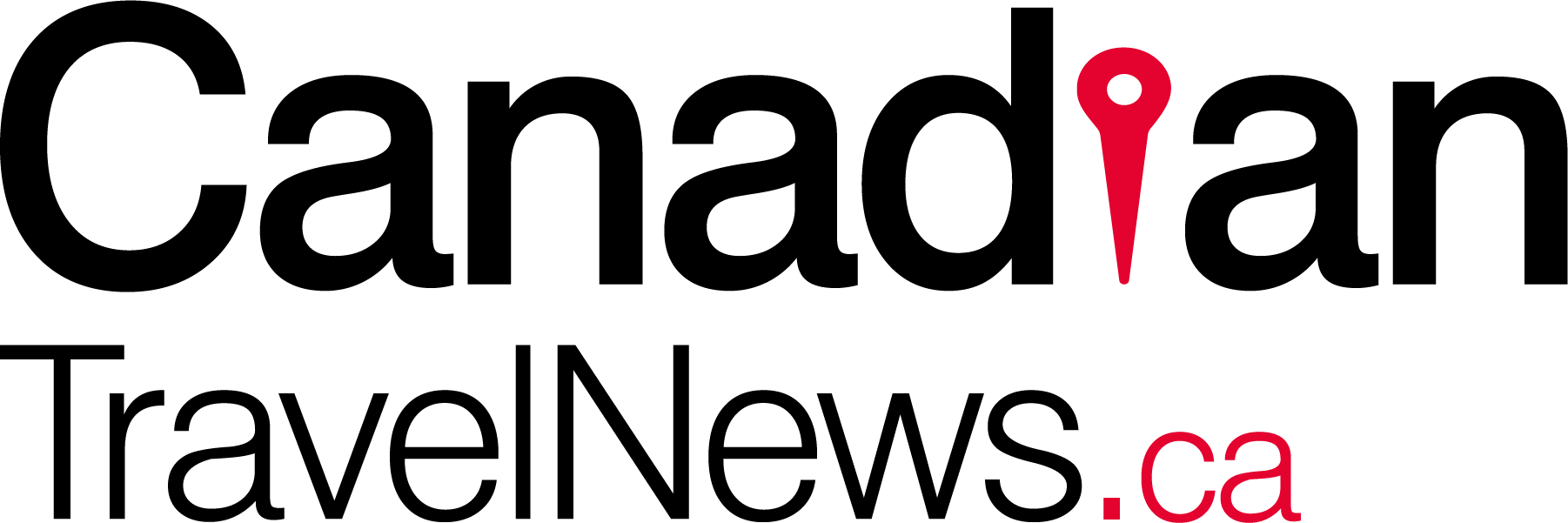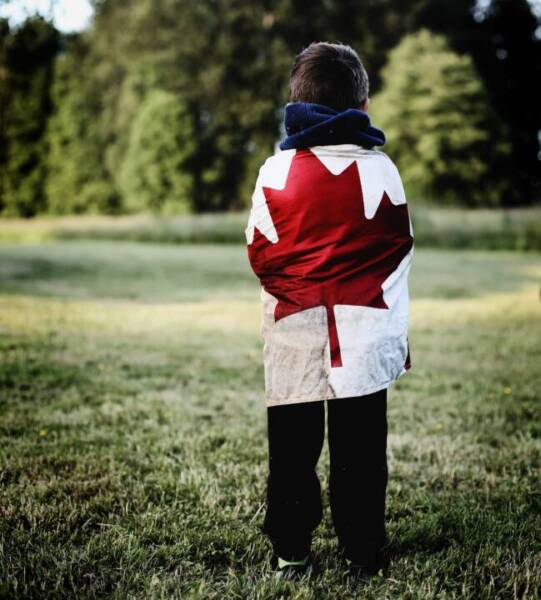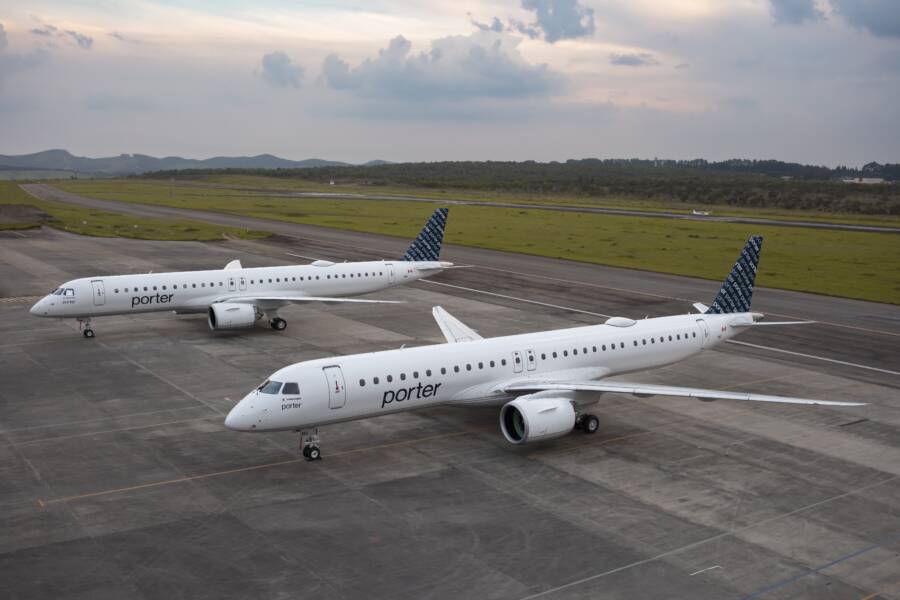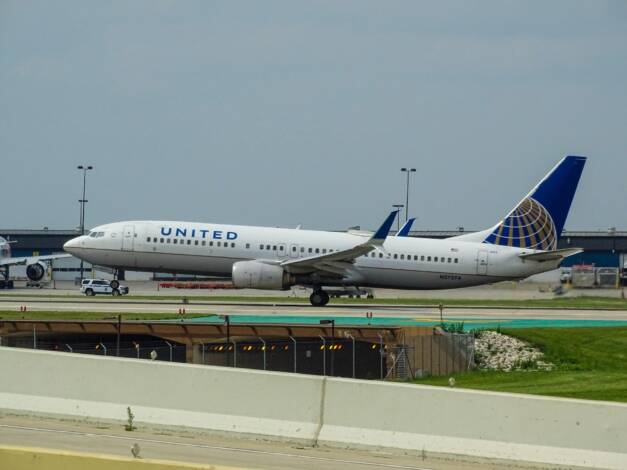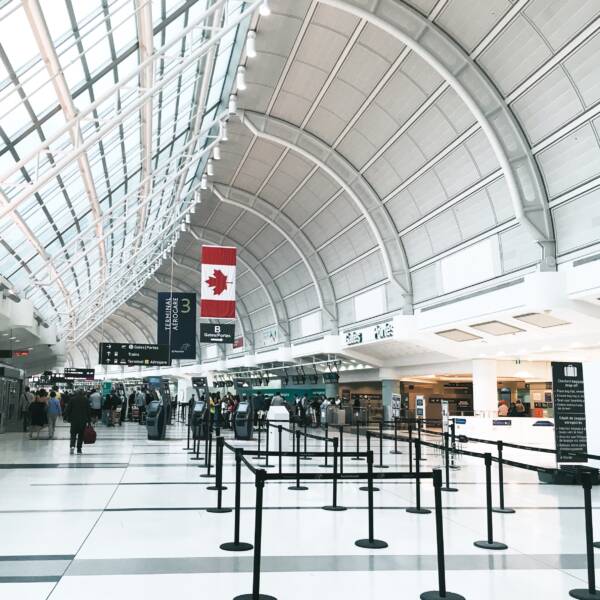
How to Prepare for the Airport: 2022 Edition
May 26, 2022 Frances Gertsch
The news is full of stories about long lines at security and customs at Canadian airports.
Last week, Omar Alghabra, the Minister of Transport, pointed to “out-of-practice travellers” as part of the cause for these delays.
If you’re feeling a bit rusty here are a few tips to help you get through the airport a little more smoothly.
Prepare your travel documents
Ensure that you have the documents you need for your trip in one place, including:
- Passport (for flights to the US or international destinations)
- Government-issued photo identification (for domestic flights)
- Boarding pass
- Vaccination certificate
- Any COVID-19 testing results you may need for your destination
- Any required visas or other entry/exit requirements such as immigration forms or health screening questionnaires
- ArriveCan app (Play Store | App Store) downloaded on your phone or tablet
| Check the travel documentation and other requirements for your destination Sherpa° is a great independent resource for understanding travel documentation and requirements. Travel.gc.ca is the Government of Canada’s website to provide information on travelling to, from, and within Canada. Here you’ll find details on travel advisories, security warnings, vaccination requirements, and more for your specific destination. |
Pack and dress wisely
Make sure your checked and carry-on luggage meets the size and weight limitations for your flight. Ensure it’s well labelled both inside and out.
| Did you know? Most major airlines limit the weight of a single checked bag to 23 kg (50 lbs) and the size to be a maximum of 158 cm (62 inches) when you add the length, width, and height together. It’s important to check the limits for ALL of the airlines you are flying on your trip. |
Bring a mask – you need to wear one in the airport and on your flight.
When you go through security you will need to: show your boarding pass, remove electronics (laptop computers and tablets) from your carry-on bags, show your liquids, take off your belt or other metal objects, and empty your pockets. Pack your bags to make this as easy as possible.
| “Only bring liquids, aerosols and gels that are packaged in containers with a capacity of 100 ml / 100 grams (3.4 oz) or less. All these items must fit into one transparent, closed and resealable plastic bag with a capacity of no more than 1L (1 qt).”Canadian Air Transport Security Authority |
Limit the amount of metal you wear, choose shoes that do not have metal shank in the sole, and double check your purse / pockets for pesky items like nail trimmers or scissors that you might carry everyday but that can’t go with you on the plane.
So, simply put: have a plan, be organized, and dress wisely.
Check-in online
Check-in online or on the airline’s mobile app 24 hours prior to your flight. This allows you to get your boarding pass(es), choose your seats, pay for checked luggage (if needed), and more. Doing this in advance will also help you efficiently print your bag tags at a self-serve kiosk at the airport and potentially proceed to a shorter line to drop them off.
| Tip! If you need to pay for checked bags, it’s worthwhile doing this even before you check-in. WestJet recently announced that – for flights departing on or after June 1, 2022 – baggage fees will increase by $10 if purchased within 24 hours of departure during check-in or at the airport. |
| Source: WestJet |
Heed the timelines
Airports and airlines measure everything, including the average amount of time it takes you to arrive, check-in, drop baggage, proceed through security, and get to your gate.
When they say that you have to drop your checked bags off 120 minutes prior to your flight’s departure, or recommend you arrive at least two hours before departure, it’s more than a suggestion – they mean it!
Don’t think you’ll be able to glide into the airport trouble-free at the last minute anymore.
| Air Canada is currently asking passengers flying out of the Lester B. Pearson International Airport in Toronto to arrive two hours prior to departures on flights to Canadian or US destinations, and three hours prior to departures to international destinations. WestJet is currently asking passengers flying out of Vancouver, Calgary or Toronto to arrive even earlier than their regularly recommended times of two hours for domestic flights and two and a half hours for flights to US or international destinations. |
| The Canadian Air Transport Security Authority (CATSA) publishes current security wait times for fourteen airports across the country. |
Even smaller airports are asking that you arrive at least two hours prior to your flight.
Build in lots of time (especially for connections)
Travel agents are recommending that you have a minimum of three hours between flights arriving from international destinations and flights connecting to other Canadian locations.
Remember that you will have to go through immigration and customs and may also need to pick-up and drop-off your luggage; then, you will need to go back through security.
| Did you know? Canada’s most busiest airports provide online guides so that you know what to expect when connecting to your next flight. Montreal-Trudeau International Airport Toronto Pearson International Airport Vancouver International Airport |
When you arrive, listen to the directions from personnel on board your aircraft and in the airport. Those with connecting flights may be asked to disembark first. You may be held at various points in the airport terminal to ensure everyone fits safely in the customs hall.
This intricate network of airline staff, airport team members, CATSA screeners, and Canadian Border Security are all working together to process thousands of people as quickly as they can.
And even if you are prepared and do everything right, three hours may not be enough in some cases.
When that happens, you need to have a plan B, including comprehensive travel insurance that covers misconnection situations. Ask your trusted travel advisor or insurance provider about these benefits.
| Real Time Flight Disruption InsuranceManulife has partnered with Blink to offer Manulife Flight Assist coverage, providing mobile notification of flight delays and immediate pay out and lounge access for delays of at least three hours. This new service is in addition to traditional coverage for meals, accommodations, and alternate transportation home. |
Wear a smile and pack some patience (Oh! And don’t forget the snacks!)
This is a tough time to be travelling and to be working in the travel industry. The individuals you meet on your journey are human beings – just like you and me – doing their best every day. Wear a smile behind your mask. Be patient, polite, and friendly to airline personnel, security screeners, border guards, and fellow travellers. We are all in this together, and a smile or thank you goes a long way.
(Oh! Pack some snacks: you may be waiting a while.)
About the Author

Frances is a Trusted Senior Travel Advisor with Stewart Travel Group, one of Atlantic Canada’s leading travel agencies, she lives her love every single day. She leverages nearly 25 years of knowledge and experience in the travel industry to help others create personalized travel memories that will last a lifetime. Frances is a Certified Travel Associate (The Travel Institute), a Certified Cruise Counsellor (Cruise Lines International Association), a member of the Association of Canadian Travel Agencies, an International Air Transport Association (IATA) agent, and a member of the Destination Wedding and Honeymoon Specialists Association.
